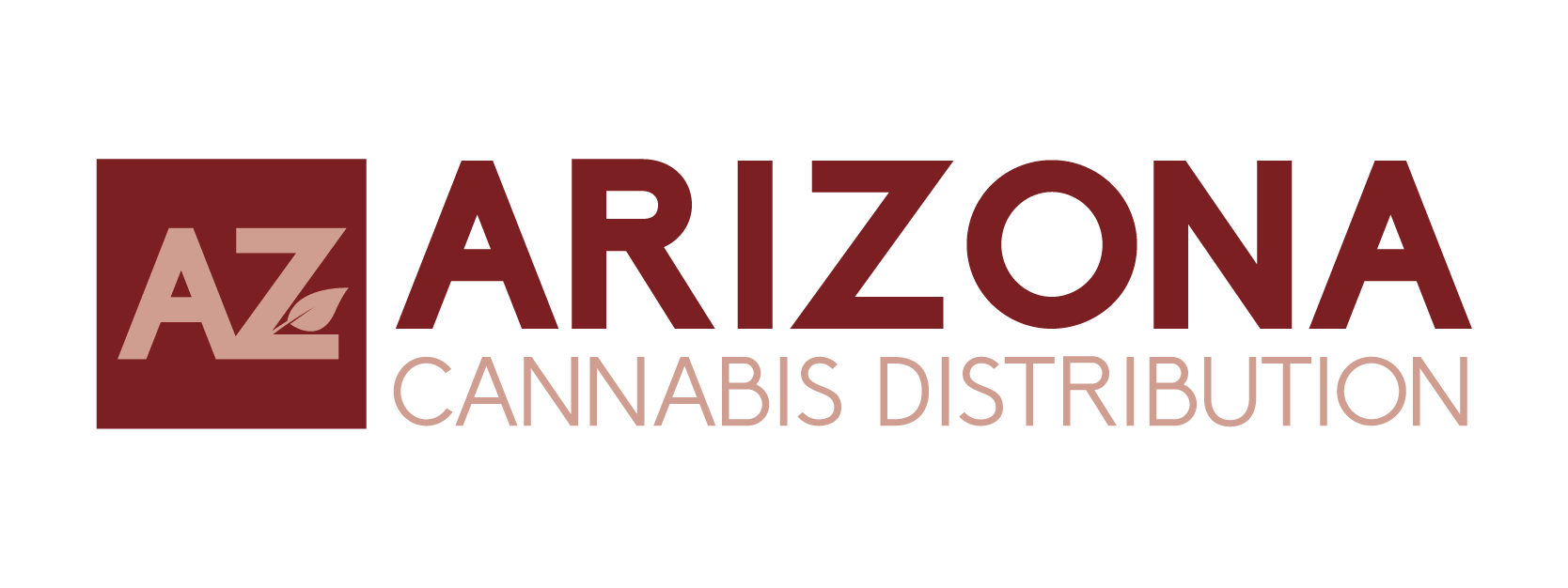The legal cannabis market has grown rapidly in Arizona since the approval of Proposition 207 in 2020, which legalized adult-use marijuana. As licensed operators scale their businesses across the state, two core distribution strategies have emerged: vertical integration and third-party distribution. Understanding the distinction between these models is crucial for stakeholders aiming to navigate Arizona’s complex regulatory environment and evolving consumer demand.
Vertical Integration: Control and Efficiency
Vertical integration refers to a business structure where a single entity controls multiple stages of the cannabis supply chain—from cultivation and manufacturing to distribution and retail. In Arizona, many Marijuana Establishments are vertically integrated due to the state’s regulatory design, which allows a limited number of licenses and strongly incentivizes self-distribution.
According to the Arizona Department of Health Services (ADHS), Marijuana Establishment licensees may grow, process, and sell cannabis within the same organization. This model offers tight quality control, consistent branding, and greater profit margins. Vertical operators such as Curaleaf and Trulieve leverage this structure to streamline operations, reduce costs, and rapidly bring products to market without relying on intermediaries.
However, vertical integration requires significant upfront capital and operational expertise. It can also limit market diversity, as larger multi-state operators (MSOs) dominate shelf space and distribution channels, reducing opportunities for smaller, craft cannabis producers.
Third-Party Distribution: Flexibility and Market Access
Third-party cannabis distributors, in contrast, specialize in the transport, logistics, and wholesale brokerage of cannabis products between licensed businesses. In Arizona, third-party distribution is emerging more slowly than in states like California due to the state’s vertically integrated tendencies. Nonetheless, third-party logistics (3PL) providers are carving out a niche by serving smaller brands, dispensaries, and delivery services that lack in-house distribution infrastructure.
Companies such as LeafLink and Nabis (operating in nearby western states) have shown how third-party distribution can improve supply chain transparency and help independent producers scale by offering shared services, including compliance transport, inventory warehousing, and B2B marketing support.
Arizona’s current regulatory framework, however, does not issue separate distribution licenses, meaning only licensed Marijuana Establishments can legally transport cannabis. This limits the scalability of pure-play third-party distribution models within the state unless structured as subcontractors or delivery partners under an existing license holder.
Choosing the Right Model in Arizona’s Market
Operators in Arizona must weigh the benefits and limitations of each model. Vertical integration offers control and simplicity but can be capital-intensive and less agile. Third-party distribution, though limited by regulation, provides potential for collaboration, expansion, and improved access to retail markets.
As the cannabis industry matures and regulatory reforms potentially evolve, the demand for efficient, tech-enabled distribution solutions will grow. For now, the hybridization of models—where vertically integrated firms selectively outsource logistics—is gaining traction, offering the best of both approaches.
Read More: Market Titans: Top Cannabis Distributors Driving Arizona’s Boom
